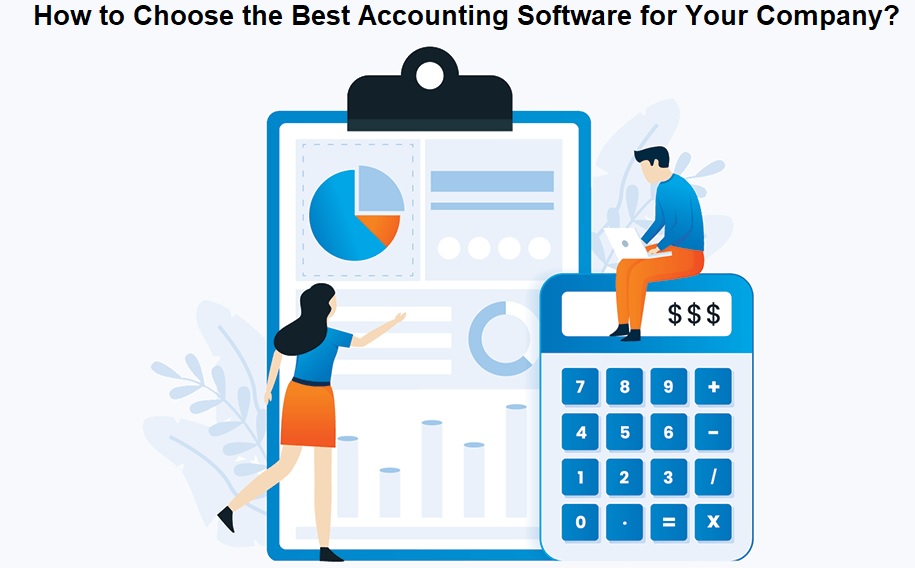Accounting was once an endless series of manual tasks and data entry. Thankfully, today’s accounting software can automate many tasks, streamlining and speeding up your day-to-day process. With so many options, what do you look for in choosing accounting software? Let’s look at three areas to consider when looking for the right accounting software for your company.
What do you need your accounting software to do?
Accounting software comes in many flavors. On one end, you have broad ERP systems that integrate accounting tools along with CRM, inventory, project management, and a range of other functions. With ERP systems, you get everything in one place. However, many smaller or streamlined companies don’t need all the functionality of an ERP and can’t justify the cost and the energy required to set up and maintain one. If that describes your company, you may want to look for a leaner software solution.
Many small and mid-sized companies prefer standalone accounting software. These include tools like Sage Intacct, Intuit’s QuickBooks line, and Xero. Standalone tools are typically more affordable and easier to implement. Just make sure they have all the functionality you need in your business and work together with your other software. For example, QuickBooks Online can be an excellent option for some. Still, companies with extensive job costing or inventory needs may be better served by the desktop or enterprise versions, or another tool altogether.
Finally, there are specialized accounting tools for specific jobs. You can find account reconciliation software, billing and invoicing tools, inventory management software, etc. to help you handle each individual piece of the puzzle. In many cases, one or two of these tools will be a perfect fit for your specific business and help you be more efficient and streamlined.
Who needs access to your accounting software?
In the past, all accounting software (and any software, for that matter) lived on a local machine and had to be accessed on-site. The cloud has changed all that, with some amazing cloud-based software available and Software-as-a-Service growing quickly. SaaS accounting tools make it possible to run your accounting functions securely from anywhere, accessing your system through the internet from any computer or even mobile device.
With the impact of the pandemic, we’ve seen how important it is to be flexible and how necessary remote work can be. Choosing a cloud-based accounting software allows your team to work from anywhere, when needed, or simply log in from the office as usual. If your company works with outside contractors or an outside tax or accounting firm, cloud-based software allows you to share access with them in a simple way. It also allows you to share one accounting file between departments or locations within the company without worrying about whether or not you have the most up-to-date version of the numbers, since everything is updated in real-time.
Cloud accounting tools also have the added benefit of being backed up and stored off-site. In the event of a fire, flood, or other damage to your building or computer systems, your data is securely saved elsewhere and can be accessed easily by your team.
How does your accounting software stack up?
Many companies choose to forego an all-in-one solution and instead build an integrated stack of software tools that work with their central accounting suite. So, with accounting software of all scopes and sizes, how do you create the right tech stack?
First, determine the core accounting software needs you have for your industry and company size. Next, figure out what specialized apps and software you’ll need to manage individual parts of your business. Once you know what kind of accounting needs you have, make sure to select software that can integrate with all those specialized apps. For instance, if you decide that Sage Intacct is a good fit for your business, make sure it works with the apps you need, like FloQast for closing and reconciliation, Bill.com for AP management, or ADP for HR and payroll. If your chosen software doesn’t work with the tools you need, then it’s not the right fit.
Creating a tech stack gives you the most flexibility to tailor your accounting software to your exact needs. It’s almost like designing your own ERP system that does just what you need and nothing you don’t. But be careful from the outset, because you can lose hours and rack up stress if your tools don’t integrate properly and you have to create manual workarounds or switch tools in midstream.
Now go find it!
Now that you’ve considered what your software needs are, how you’ll access your accounting software, and how it needs to integrate with your other tools, You can narrow down a shortlist and reach out to vendors. Thankfully, most accounting software companies offer demos and trials, and have great sales and support teams. Speak with a few different companies to see which of your top choices is the best fit and to make sure their support staff is helpful and accessible. After all, you don’t want to find out they’re not after you’ve bought and implemented their software.








COMMENTS